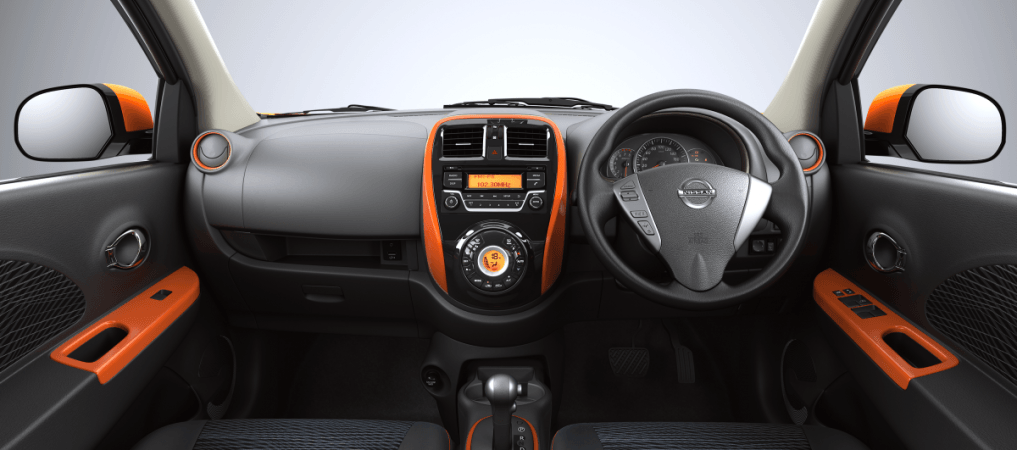
Japanese carmaker Nissan launched the 2017 Micra hatchback in India on June 2. While there were rumours that Nissan will bring the fifth generation Micra debuted globally at 2016 Paris Motor Show, the new Micra for India is the same model with some add-ons.
Having said that, you may wonder what the change is in the new version since there are no visible additions on the exterior. You are right, there are no changes on the exterior. Style and design remain the same as the existing model. In fact, there are no changes under the hood as well.
Also read: Nissan mulls bringing Leaf electric car to India this year
The new Micra continues to be powered by the same 1.2-litre petrol motor churning 73bhp and 104 Nm of peak torque and the 1.5-litre diesel that generates 63bhp and 160 Nm of peak torque. The transmission is taken care of by a five-speed manual and CVT X-Tronic automatic transmission in petrol models.
Then why is Nissan calling it the new Micra? Here are the top four new additions.
Automatic headlamps with follow-me-home function: The system basically keeps the headlight on for around 30 seconds after the car is switched off. This will help to you find the way when you get out of the car in the dark. It is a practical and safety conscious addition.
Rain sensing wipers: It is a system designed to clear the windshield of rain, snow, and debris without driver intervention. The system is programmed to automatically activate and alter the speed and rate of the wiper blades to keep outward visibility unobstructed at all times. Nissan Micra is one of the first cars in that segment to get this feature.
New steering wheel: The 2017 Micra gets a steering wheel with Bluetooth and audio controls. It replaces the three-spoke unit of the previous Micra and is in line with the steering wheel seen on 2017 Nissan Sunny.
Updates in the cabin: The cabin of the new Micra gets orange inserts. While all of the aforementioned additions are limited to top variants only, the orange accents, however, can be had with no extra charge across variants.


















![India Auto Roundup: Maruti Suzuki, Mahindra have exciting launches in November [details here]](https://data1.ibtimes.co.in/en/full/805520/india-auto-roundup-maruti-suzuki-mahindra-have-exciting-launches-november-details-here.jpg?w=220&h=135)